


Copyright 2011 Charles Freeman
All rights reserved. This book may not be reproduced in whole or in part, in any from (beyond that copying permitted by Section 107 and 108 of the U.S. Copyright Law and except by reviewers for the public press) without written permission from the publishers.
For information about this and other Yale University Press publication, please contact:
U.S. Office:
Europe Office:
Set in Arno Pro by IDSUK (DataConnection) Ltd
Printed in Great Britain by TJ International Ltd, Padstow, Cornwall
Library of Congress Cataloging-in-Publication Data
Freeman, Charles, 1947
Holy bones, holy dust : how relics shaped the history of medieval europe/Charles Freeman.
p. cm.
ISBN 9780300125719 (cl:alk. paper)
1. RelicsHistoryTo 1500. 2. Christian saintsCultHistoryTo 1500.
I. Title.
BX2333.F74 2011
235'.2dc22
2010044321
A catalogue record for this book is available from the British Library.
10 9 8 7 6 5 4 3 2 1
For my son Tom

Contents

Illustrations

P LATES
1. Martyrdom and burial of Thomas Becket, depicted on a reliquary from Limoges, France (late twelfth century), Muse du Louvre, Paris. The Art Archive/Muse du Louvre, Paris/Gianni Dagli Orti.
2. The bodies of Ambrose and his two saints, Gervasius and Protasius, Sant'Ambrogio, Milan. Photograph: Bthory Pter.
3. The discovery of the uncorrupted body of St Etienne from the Tapestry of the Life of St Etienne ( c .1500), Muse National du Moyen ge, Paris. RMN/Jean-Gilles Berizzi.
4. Ivory tablet depicting a procession carrying the relics of St Stephen ( c .420), Trier Cathedral Treasury. akg-images.
5. Reliquary cross of Justin II (late sixth century), St Peter's, Rome.
6. Shrine of St Candida, Whitchurch Canonicorum, Dorset.
7. Pilgrims at the tomb of Edward the Confessor, Cambridge University Library, MS Ee.3.59, f. 33r. Cambridge University Library.
8. The removal of the body of St Martin from Candes, Bibliothque Municipale de Tours, MS 193, f. 116v. IRHT-CNRS.
9. A pagan punished by St Cuthbert, Oxford, University College, MS 165, f. 157. Bodleian Library, University of Oxford.
10. Relic figure of St Foy (late tenth century), Conques, France. akg-images/Maurice Babey.
11. Martyrdom of William of Norwich, wall painting (late fifteenth century), Holy Trinity church, Loddon, Norfolk. Simon Knott/www.norfolkchurches.co.uk.
12. Interior of the Holy Sepulchre, Jerusalem. Libri Insigni, Hoepli, Milan.
13. Ambrogio Brambilla, Speculum Romanae Magnificentia e (1575), British Museum. The Trustees of the British Museum.
14. Luca Signorelli, St James the Greater with a Living and a Dead Pilgrim ( c .1508), Museum of Fine Arts, Budapest. Szpm vszeti Mzeum, Budapest.
vszeti Mzeum, Budapest.
15. Interior of Sainte-Chapelle, Paris.
16. Louis IX exhibiting a relic of the True Cross and the crown of thorns, Cambridge, Corpus Christi College, MS 16, f.142v. Reproduced by permission of the Masters and Fellows of Corpus Christi College, Cambridge.
17. Hieronymous Bosch, Death and the Miser (148590), National Gallery of Art, Washington D.C. Image courtesy of National Gallery of Art, Washington D.C.
18. Giotto, The Descent into Hell, detail from The Last Judgement (1305), Scrovegni Chapel, Padua. The Art Archive/Scrovegni Chapel Padua/Alfredo Dagli Orti.
19. Domenico Ghirlandaio, Funeral of Saint Fina (1470), Chapel of Saint Fina, Duomo di San Gimignano. The Art Archive/Duomo di San Gimignano/Gianni Dagli Orti.
20. Gentile da Fabriano, The Crippled and the Sick Cured at the Tomb of Saint Nicholas (1425), National Gallery of Art, Washington D.C. Image courtesy of National Gallery of Art, Washington D.C.
21. Tintoretto, The Stealing of the Body of Saint Mark ( c. 156266), Galleria dell'Accademia, Venice. akg-images/Erich Lessing.
22. Paolo Veneziano, Ferial Altarpiece (detail), Finding the Body of St Mark (1345), Museo di San Marco, Venice. Scala, Florence.
23. Gentile Bellini, Procession in St Mark's Square (1496), Galleria dell'Accademia, Venice.
24. Gentile Bellini, Miracle at the Bridge of San Lorenzo (1500), Galleria dell'Accademia, Venice. Scala, Florence.
25. Reliquary of the True Cross, Scuola Grande di San Giovanni Evangelista, Venice. Image courtesy of Scuola Grande San Giovanni Evangelista, Venice.
26. Lucas Cranach the Elder, Christ and the Virgin Interceding for Humanity before God the Father (151618), Museum of Fine Arts, Budapest. Szpm vszeti Mzeum, Budapest.
vszeti Mzeum, Budapest.
27. The Black Madonna, Monserrat, Catalonia, Spain. Spectrum/Heritage Images/Scala, Florence.
28. Antoine Rozen (attributed), Altarpiece of the Passion of Christ ( c .1520), Basilique Sainte Marie Madeleine, Saint-Miximin-la-Sainte-Baume, France. Scala, Florence.
29. Grard Loyet, reliquary of Charles the Bold, Duke of Burgundy (1467), Lige Cathedral Treasury. akg-images/Paul M. R. Maeyaert.
30. Woodcut from the first edition of John Foxe, Book of Martyrs (1563). IAM/akg-images.
31. Roodscreen from St Andrew, North Burlingham, Norfolk. Simon Knott/www.norfolkchurches.co.uk.
32. Gaspar Bouttats, The Destruction of the Cathedral at Antwerp (unknown date), Bibliothque Royale de Belgique, Brussels. Image courtesy of Bibliothque Royale de Belgique.
M APS
Major Medieval Shrines and Pilgrimage Routes.
Shrines of the Mediterranean.

Preface
T
HE LONG queues lining up in Turin in the summer of 2010 to venerate a piece of cloth that is claimed by many to be the shroud in which Jesus was buried show just how powerful the attraction of the relic remains in the Christian world. The Turin Shroud is one of several shrouds and veils related to Jesus or his mother Mary that have been venerated as relics over the centuries. It may have been one of those shrouds derided by the Protestant reformer John Calvin in 1543 when he noted that none of them conformed to the Jewish burial practice of wrapping the head separately, as confirmed by the description of the discarded headcloth in the tomb (John 20:7).
The Turin Shroud only came to prominence when a photograph taken in 1898 showed the haunting image of an apparently crucified man. Radiocarbon testing, analysis of the blood stains (which show a blood type that only originated in the early Middle Ages) and fragments of plants and rock from Palestine suggest that the Shroud was created there, like other known relics, between AD 1260 and 1390, but every single test has been challenged by those who claim that the image could only have been made in the first century, perhaps even through a burst of radiation prefiguring the Resurrection of Christ. There remains enough doubt about the process through which the image may have been created to allow believers to continue their veneration. The Catholic Church itself refuses to comment on the authenticity of the Shroud, saying that this is purely a scientific question.
Next page
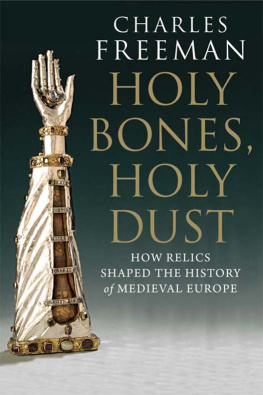
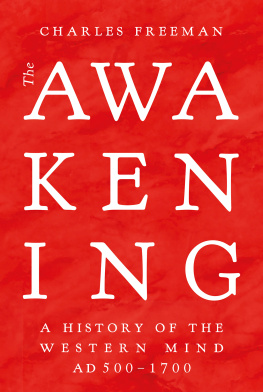
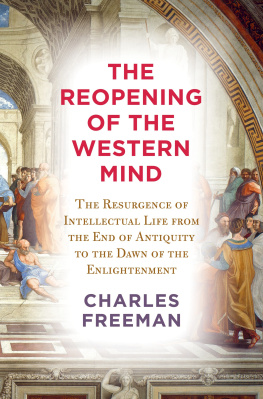
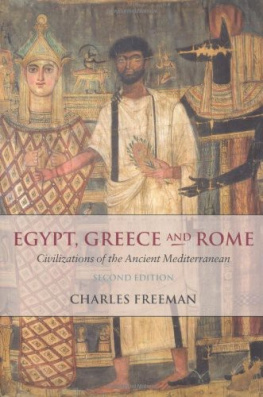


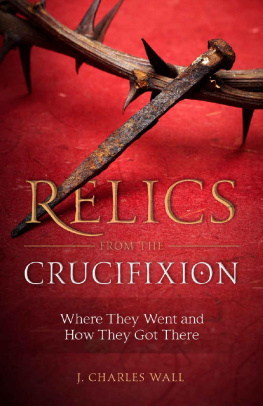
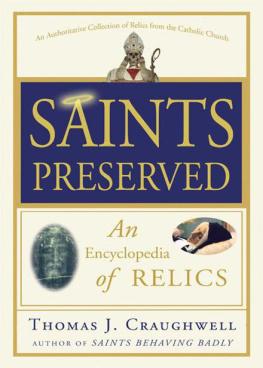
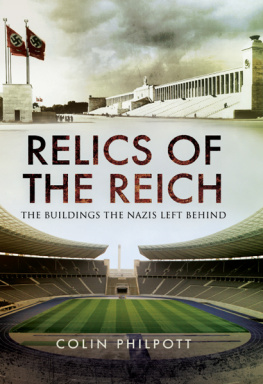

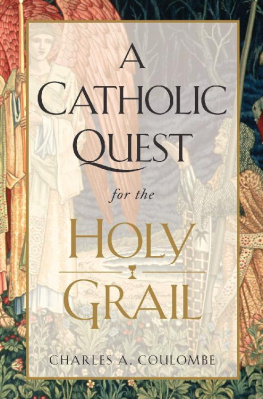
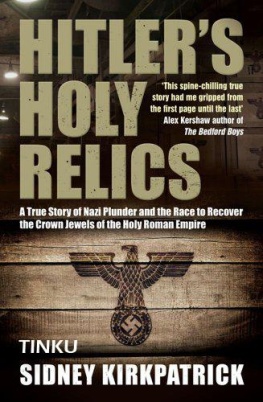





 vszeti Mzeum, Budapest.
vszeti Mzeum, Budapest.